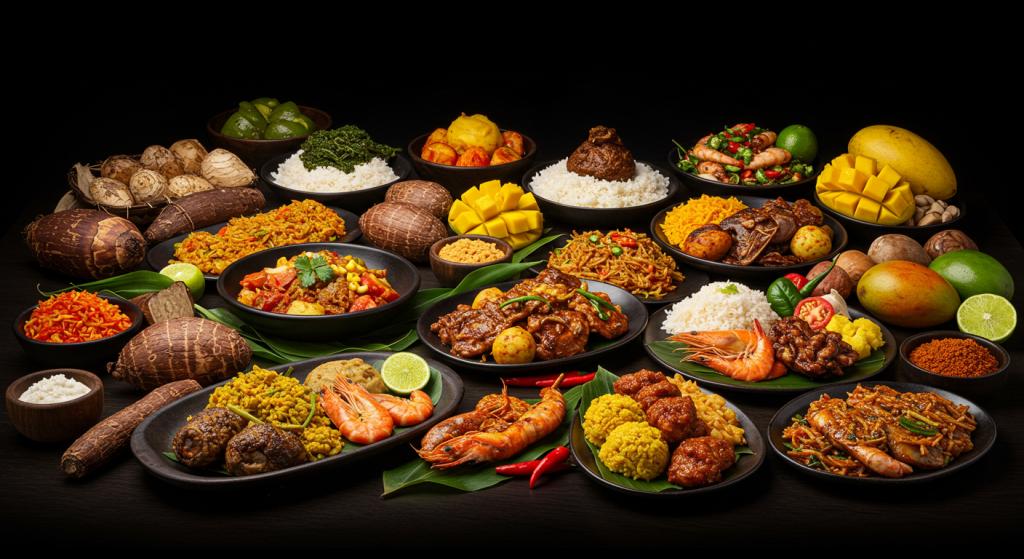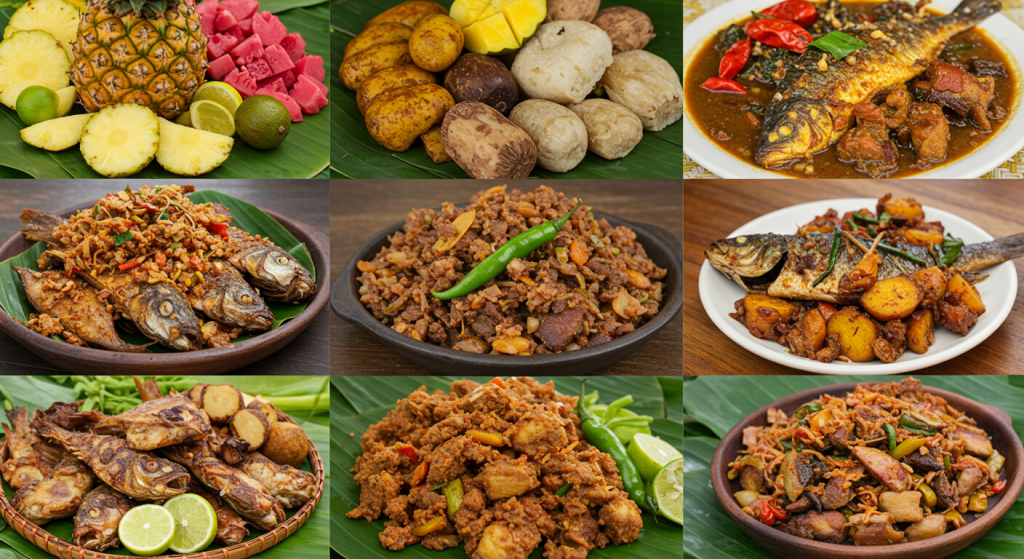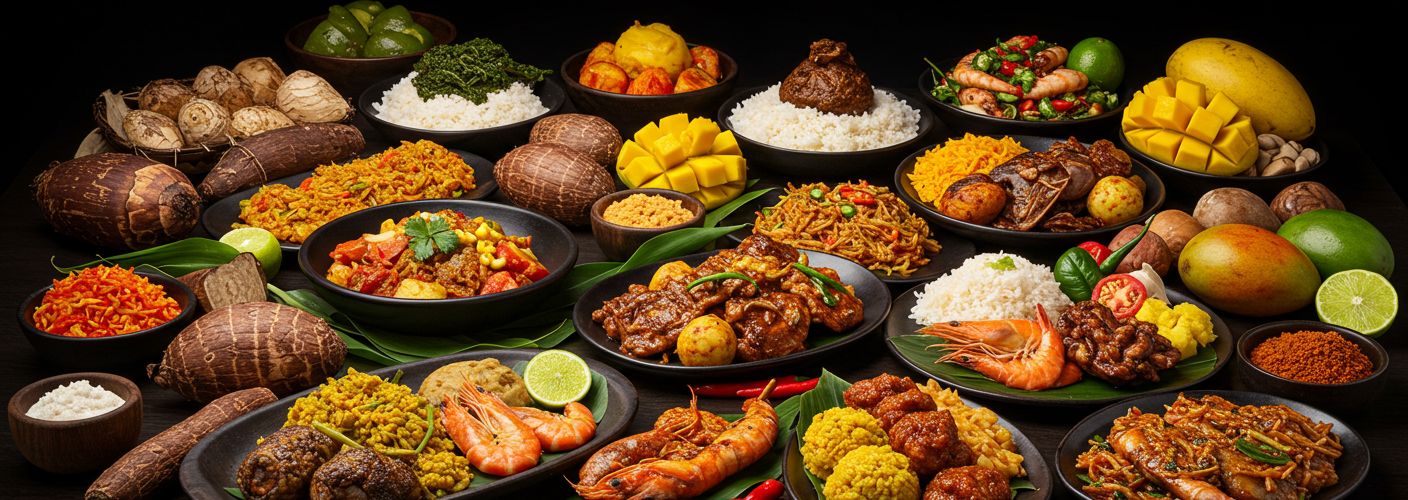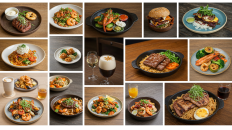

Papua New Guinea (PNG) is a land of rich cultural diversity, encapsulated not only in its vibrant traditions and languages but also in its culinary scene. With over 800 indigenous languages and countless ethnic groups, the food culture is as varied as its people. This article takes you on a culinary journey through Papua New Guinea, exploring its unique ingredients, traditional cooking methods, and the significance of food in local communities.
At the heart of Papua New Guinea’s cuisine is the concept of “bash,” a traditional method of cooking that utilizes an underground oven known as the “mumu.” This cooking technique involves digging a pit, lining it with heated stones, and wrapping food in leaves before placing it inside. Root vegetables such as taro, sweet potatoes, and cassava are commonly cooked in this manner, imparting a smoky flavor that is distinct to many dishes. When you visit PNG, experiencing a mumu should be on your to-do list, as it represents not just a meal but a communal gathering of family and friends.
Staple Ingredients
The primary staples of Papua New Guinea’s diet include sweet potatoes, taro, and cassava. These root vegetables are not only nourishing but also play a significant role in the country’s agriculture, making them a fundamental part of everyday life. In coastal regions, fish and seafood are prominent, reflecting the community’s reliance on the ocean for sustenance. Dishes like “ika mas” (fish prepared with tropical herbs and spices) showcase the region’s abundance.
Additionally, PNG is famous for its exotic fruits, such as the luscious soursop, juicy rambutan, and the lesser-known “sugar banana,” which is sweeter and shorter compared to the typical banana found in supermarkets worldwide. These fruits are often enjoyed fresh or used in salads and desserts.
Traditional Dishes
As diverse as its geography, the cuisine varies from one region to another, leading to unique local dishes. One must-try dish is “Kaukau,” a hearty stew featuring vegetables, meat (often chicken or pig), and sometimes coconut milk, which adds a creamy texture. Another popular dish is “Mumu Ko,” which includes various meats and vegetables wrapped in banana leaves, reflecting the country’s emphasis on sharing meals.
For dessert lovers, PNG offers treats like “Kokonut Pudding,” made with fresh coconut, sugar, and a touch of vanilla, providing a sweet end to a delicious meal.
The Role of Food in Culture
In Papua New Guinea, food goes beyond mere sustenance; it is deeply integrated into cultural identity and social rituals. Traditional ceremonies often feature elaborate feasts that honor ancestors or celebrate significant life events like weddings or harvests. Sharing food within communities strengthens bonds and fosters a sense of belonging.
Whether you’re feasting on street food in bustling markets or sharing a home-cooked meal with locals, the food of Papua New Guinea reflects its rich heritage and diverse landscape.
Conclusion
Exploring the culinary landscape of Papua New Guinea offers a glimpse into the heart of its people and their traditions. From the use of natural, locally-sourced ingredients to the communal aspect of meals, PNG’s food culture is an invitation to savor not just flavors but also stories. For travelers and food enthusiasts alike, it is an unforgettable experience that tantalizes the taste buds while enriching the soul.




Add comment